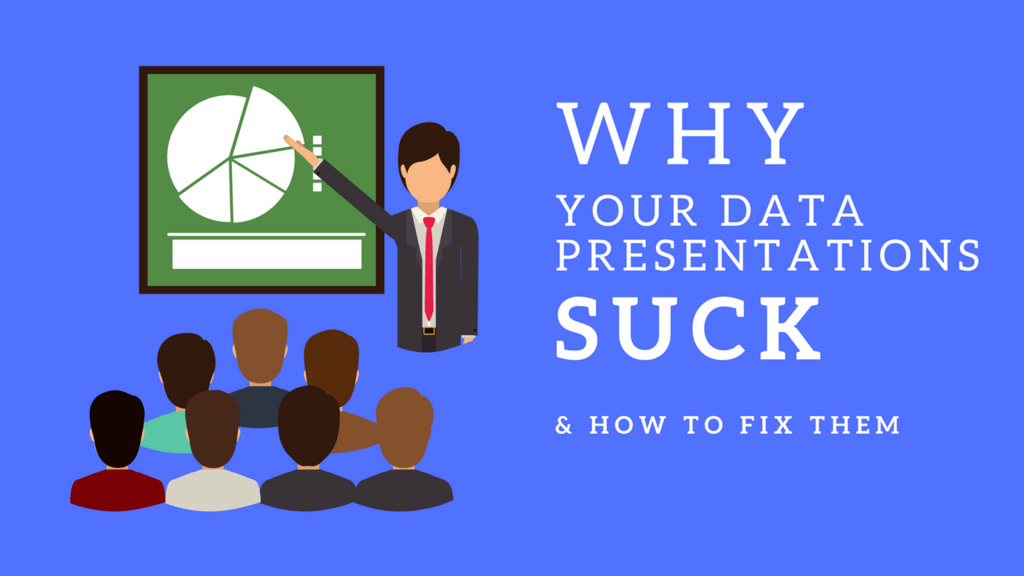
I’ve worked with data for over half my life, almost 20 years now..
Throughout my career, I’ve been on teams that drove initiatives and helped guide the business to success
One of the teams I helped back in the late 90’s grew our entire sales call center to #1 in the nation of a multi-billion dollar telecom company, due in large part to my team's efforts.
Some teams and companies just get it, they know the incredible power of data and how it can transform their business and help them conquer markets. Others, however, need some more convincing.
In addition to those powerful teams I was on I have also been on some that floundered
It seemed like we could never get buy-in and no matter how many times we showed off our magnificent tables of findings or data models our customers, the business owners, never really got it.
I’ve led teams that have built some of the most elegant data infrastructure and delivered some of the most precise findings of any team in the world, just for it all to fall on deaf ears.
One year I realized what I (and my teams) had been doing all wrong
Our customers were not data people, they didn’t understand the wisdom of a star schema or how profound a forecast with strong confidence can be.
These were regular people, some well trained for their roles and others that grew up with the company that were mostly winging it as they went along (we’ve all been there) As refined and professional as we wanted to be in our communication, we entirely missed how important it was to appeal to our customers basic human psychology.
When we boil it down, no matter how advanced we think we are, we all have built-in triggers for understanding concepts that we’ve evolved over millions of years. A few years in college and handful more in business aren’t going to change how we’re wired as humans
So instead of attempting to present our findings in a way that made sense to us, I switched our approach similar to what a sales team would use to pitch a potential customer.
After all, sales is the art of relationships and persuasion, so if they can so efficiently sell us stuff we barely need, surely these techniques would work when we’re delivering serious value to our customers. The approach I started with was directly from Nancy Duarte and her training. If you haven’t had a chance to read her books I highly recommend it, and if you can afford to take a few days and attend her in-person training it will change your life. It changed mine.
Here is my 4 step formula for going from “what everyone else does” to “something that works” with your presentations:
- Develop your main message – what is the 1 thing (singular) you want people to walk away with?
- Answer the question “What’s in it for me?“
- Bullet point your heart out in some slides
- Copy all those bullet points, put them in the notes section, and use 1 word, a quote, or image for the slide itself
- Bonus – use the three-act structure to make it a story (more on this later)
Using this simple method will undoubtedly improve your presentations and help you win more favorable outcomes in meetings.